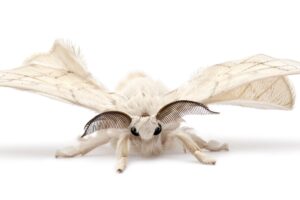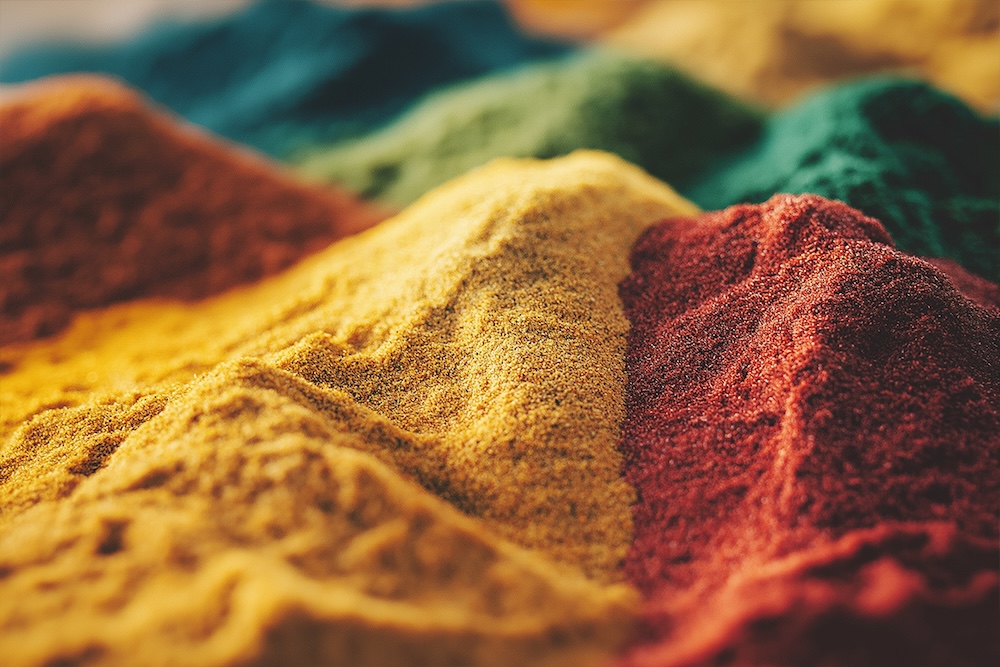For centuries, people have used dyes to bring vibrancy to food, clothing, cosmetics, and textiles. But not all dyes are created equal. Artificial dyes, made from petroleum-based chemicals, have raised concerns about health risks and environmental pollution. In contrast, natural dyes — derived from plants, minerals, and sometimes animals — offer a more eco-friendly and culturally rooted alternative.
This guide explores the health and environmental impacts of both, while highlighting the benefits and challenges of natural dyes in a sustainable future.
Health Impacts of Artificial Dyes
Artificial dyes are common in packaged foods, pet products, and textiles, but studies have linked them to:
- Hyperactivity and behavioral issues in children (e.g., Red 40, Yellow 5, Yellow 6).
- Allergic reactions and hypersensitivity in people with asthma or allergies.
- Potential carcinogenic effects observed in some animal studies.
Pets can also be sensitive. Cats, for example, may experience digestive upset or allergic reactions to synthetic dyes in food and treats.
💡 Safer swap: Opt for products using natural colorants like beet juice, turmeric, spirulina, or annatto. Always check labels if you or your pet have sensitivities.
Environmental Impacts of Artificial Dyes
The lifecycle of synthetic dyes comes with significant costs:
- Production relies on petroleum-derived chemicals, often generating toxic byproducts.
- Water pollution occurs when dye wastewater enters rivers and streams, harming aquatic life.
- Worker safety risks arise from exposure to hazardous chemicals in dye manufacturing.
- Persistent waste lingers in landfills, with some dyes resisting breakdown.
By contrast, natural dyes are typically biodegradable and produced from renewable resources — though sustainable production still requires care.
Benefits of Natural Dyes
Natural dyes offer a number of advantages:
- Safer for people and pets – free from petroleum-based chemicals.
- Lower environmental footprint – renewable sources, fewer toxins, biodegradable waste.
- Cultural heritage – many dyes are tied to traditional craftsmanship and artisan knowledge.
- Unique colors – natural shades often have depth and variation not found in synthetics.
Challenges of Natural Dyes
While promising, natural dyes face hurdles:
- Limited color range compared to the synthetic spectrum.
- Higher cost due to resource intensity and smaller-scale production.
- Inconsistent results — colors can vary depending on harvest conditions.
- Compatibility issues with modern industrial fabrics or processes.
These challenges highlight the need for innovation and circular solutions, such as improving dye extraction efficiency, recycling water in dye baths, and scaling plant-based sources without deforestation.
Sustainable Pathways for Natural Dyes
To make natural dyes a truly sustainable alternative, producers and consumers can:
- Support ethical suppliers that prioritize regenerative agriculture and fair labor.
- Encourage traditional and low-impact production methods instead of chemical-intensive shortcuts.
- Invest in research and development to improve stability, colorfastness, and scalability.
- Educate consumers to choose sustainably packaged and transparently sourced dyed products.
- Promote circular textile systems — re-dyeing, upcycling, or composting naturally dyed fabrics.
Examples of Natural Dyes
Some of the most widely used include:
- Indigo – deep blue from indigofera leaves, long used in denim.
- Madder – warm reds from madder roots.
- Turmeric – golden yellows from turmeric roots.
- Annatto – orange-reds from achiote seeds.
These colors carry cultural histories and can connect modern consumers with centuries-old traditions.
Final Thoughts
The debate between artificial and natural dyes goes beyond color. It touches health, environmental sustainability, cultural preservation, and consumer choice. While synthetic dyes offer low costs and unlimited hues, they come with health and ecological risks. Natural dyes, though not without challenges, represent a pathway toward safer, regenerative practices that support both people and planet.
By choosing responsibly sourced natural dyes, supporting artisans, and advocating for circular textile systems, we can reduce pollution while keeping vibrant traditions alive. The colors we choose don’t just tell a story on fabric — they ripple outward into ecosystems and communities.







Reader Interactions